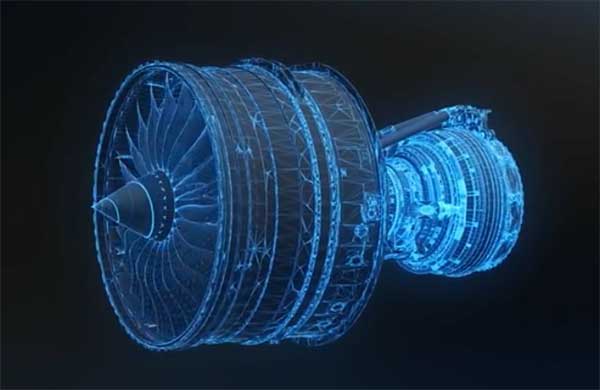Altair, Rolls Royce Bridge the Gap Between Engineering and Data Science
Partnership will address a wide variety of use cases, including applying AI to engineering test data and simulation.

Altair and Rolls-Royce will work together to productionize high-value use cases using Altair’s data and AI softwareImage courtesy of Altair.
Latest News
January 26, 2021
There’s copious talk about how to leverage artificial intelligence (AI) and data analytics to achieve corporate goals like increasing revenues, cutting costs, or even mitigating risk. Now a pair of industry leaders—one hailing from the manufacturing world and the other from the simulation and engineering analytics software segment—are coming together to bridge the gap between engineering and data science.
Altair, a provider of simulation and analytics tools, and Rolls-Royce Germany, known for the design and engineering of aerospace engineers, have announced a collaboration to democratize Rolls-Royce’s treasure trove of data analytics resulting from its engine health monitoring services, making it accessible to engineers to drive better design decisions.
The companies will work together to productionize high-value use cases using Altair’s data and AI software, based on Altair Knowledge Works, including in the area of structural analysis and testing. The goal is to bring together vast amounts of historical product and in-service data from disparate sources such as in-field engines to unlock new AI-driven engineering use cases. The partners see opportunities in these areas:
Reducing and accelerating certification and design iterations by leveraging machine learning to predict where simulation is needed. In that way, teams can reduce the amount of re-certification (simulations) needed.
Parring back on extensive physical testing by using ML to predict where and how you need to test. Early proof-of-concepts have shown this is possible, creating a direct correlation to development costs and lead time, according to Sam Mahalingam, Altair’s chief technical officer. “This is one of the most high potential use cases we are working on with Rolls-Royce Germany,” he says.
Cutting back warranty costs and improving product quality. Putting the power of data analytics into the hands of engineers will drastically improve product quality, he says.
By converging data science and engineering with new applications, the partners aim to cut back on the manual engineering work and domain expertise required to define what needs to be tested or which sensors to install and where. “Today this is done from experience and researching previously conducted tests,” Mahalingam explains. “To do this effectively and efficiently is a challenge.”
In the case of aerospace engines, the complexity is even higher as there are often thousands of sensors with millions of historical data points. By mining engineering and testing data, machine learning can predict where testing is needed along with the location and number of sensors required for installation. “This can significantly reduce the number of sensors needed for a given test, which has a direct correlation to development costs and lead time,” Mahalingam says.
Altair’s Knowledge Works, a collaborative end-to-end analytics platform, will serve as the foundation of the collaboration. The platform’s low code/no code approach ensures engineering users can easily and efficiently access disparate data sources, transform data, and use it to build ML models. Mahalingam says Altair’s domain expertise and best-in-class low-code data analytics technology was what drew Rolls-Royce Germany to the partnership.
Check out this video to learn more about Rolls-Royce’s vision for the intelligent, truly connected engine of the future.
More Altair Coverage
Subscribe to our FREE magazine, FREE email newsletters or both!
Latest News
About the Author
Beth Stackpole is a contributing editor to Digital Engineering. Send e-mail about this article to [email protected].
Follow DE





